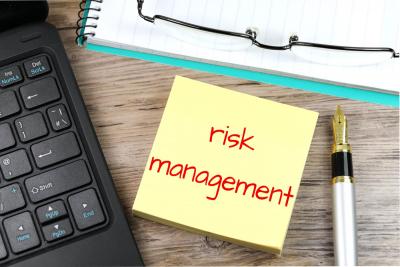
Sustainable Human Resource Management is planning or emerging Human Resource strategies and methods to enable financial, social, and environmental goals while simultaneously reproducing the Human Resource base over a long period.
In human resource management, sustainability refers to human resources that promote a favorable environment and positive human and social outcomes, regardless of financial strategies and results.
1. Recruitment and selection
Companies aspiring to hire top actors are turning to innovative processes to make jobs easier. There are many different ways to gauge whether a good actor and cultural fit will fit the company or not. While not every job-related service will be suitable for your team, you can learn from the companies that have paved the way for those who want sustainability and are providing data.
2. Training and development
You have taken the time to find employees, but your responsibility to them is only beginning. Improving your existing workforce, focusing on skills training, investing in training and development opportunities is the best practice for an HRM. You might realize the importance that young workers place on learning. As industries multiply, you can encourage your employees to grow and develop while keeping them busy with their work and organization.
3. Transparency
A critical HRM practice is always to maintain transparency and be open to employees regarding business successes and failures.
Organizations that promote an environment of feedback and communication that make employees feel trusted, respected, and valued.
4. Employee benefits
There are many benefits you can offer employees, but which ones provide the most outstanding value? Best Benefit Plans adopt strategies to meet the company's goals and retain excellent employees and help its employees understand their benefits.
5. Termination
This is probably the most challenging place to implement HRM best practices because it will always be difficult for those involved.
One of the best HRM practices consists of learning from employees who are leaving their jobs and at the same time understanding what issues need to be sensitized for legal reasons. Matters that can be guaranteed removal should always be considered before they reach a boiling point. However, when it comes to terminating an employee, you should not wait for a decision.
- Time-based strategies the program or policy that HRM should choose is - flextime, job sharing, part-time work, leave for new parents, close plant or offices for specific occasions.
- This includes an information-based strategy, including an intranet or life website for employees and changes support.
- The money-based strategy includes childcare, flexible work-life benefits, adoption assistance, paid vacation services, and more.
- Direct service strategies, including on-site child care, emergency backup care, on-site health and beauty services, and create dinner programs for employees.
- It is a culture change strategy that involves training managers to deal with employees' conflicts and work lives appropriately. The manager pays for employee satisfaction and focuses on actual performance, not face time.
- They are encouraging employees through training and compensation.
- Designing the company's HRM system to reflect equity, growth, and prosperity will contribute to the long-term health and stability of the internal and external communities.
- Emphasize the safety of long-term employment to avoid disrupting employees, their families, and communities.
Conclusion
The emerging concept of sustainable HRM practices has significant implications for both organizational performance and HRM function. HRM should assist in developing and implementing corporate sustainability strategies because unique HRM partnerships are essential for sustainable business success. HRM must recognize the new perspective of organizational stability and align its practices. For a sustainable organization, HRM needs to provide HRM solutions as well as sustainably manage HRM functions. In this context, the proposed approach aims to embed sustainability values, understand and engage HRM stakeholders, review and develop HRM policies and practices, and track and report performance and impact. This involves adopting a repetitive process.
Through this process, HRM will demonstrate how its sustainability performance is aligned with a globally prominent framework and supports the overall business sustainability strategy. Now is the time for all GHRM managers to sit together and refine and renew HRM practices for the organization's sustainable growth and development.



